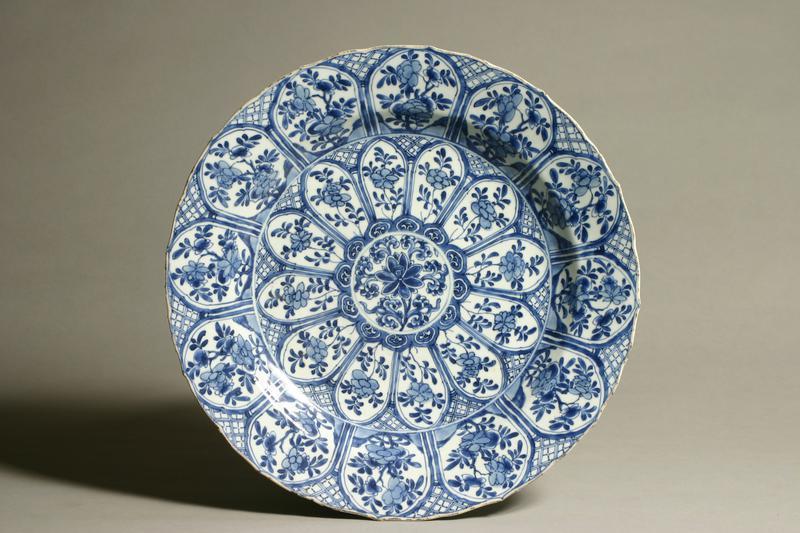
10 Things To Know About Kraak Porcelains
Kraak wares were made in the 17th century by mass production at the Chinese Jingdezhen kilns in Jiangxi province to meet the demands of the Portuguese market, and later the Dutch market.

Kraak wares were made in the 17th century by mass production at the Chinese Jingdezhen kilns in Jiangxi province to meet the demands of the Portuguese market, and later the Dutch market.
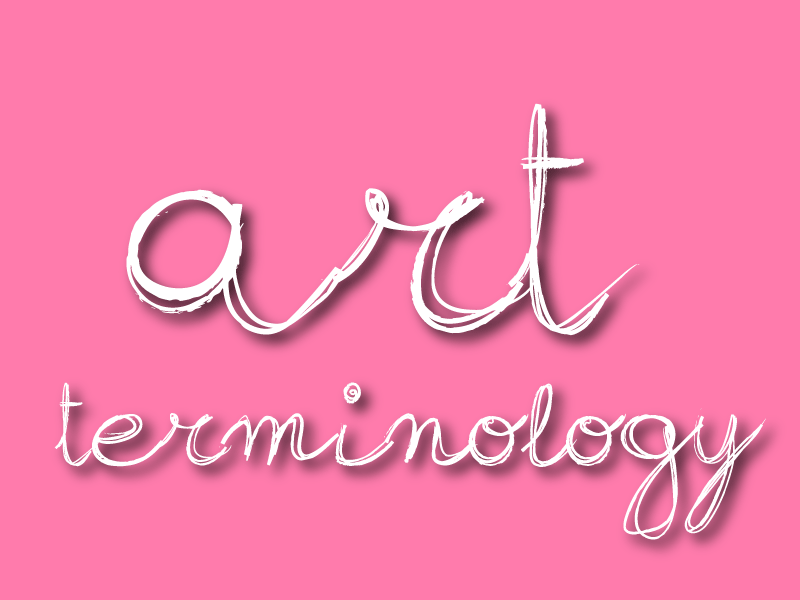
Our art terminology article this quarter continues with the theme of the current exhibition, “Blue and White”, with terms like Qingbai, klapmutsen and Delftware.
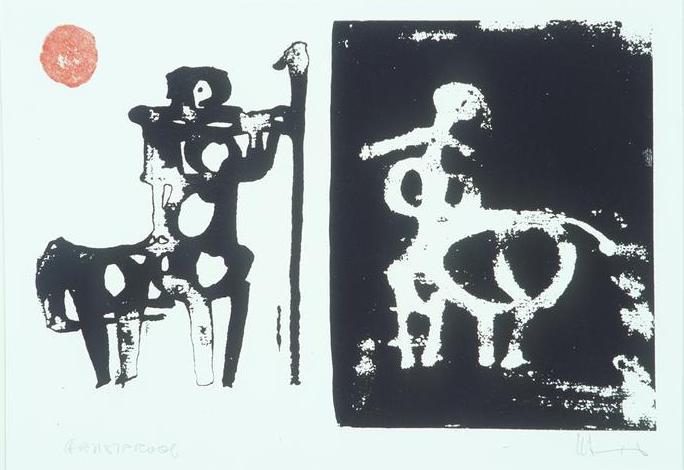
The theme of our art quiz is religious and mythological iconography. Let’s see what you recall from stories you listened to as a child!
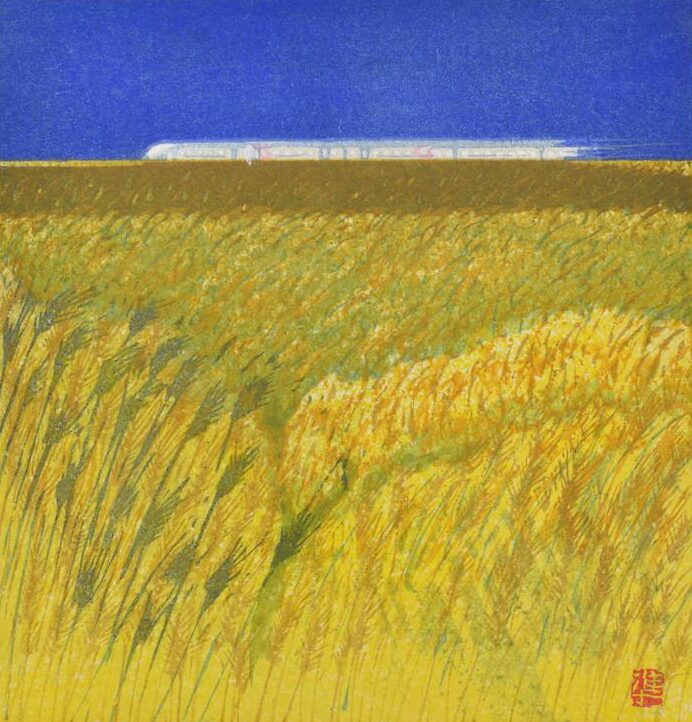
By Audrey Wang, AGGV Volunteer
Through history, travel has had an immeasurable impact on visual culture.
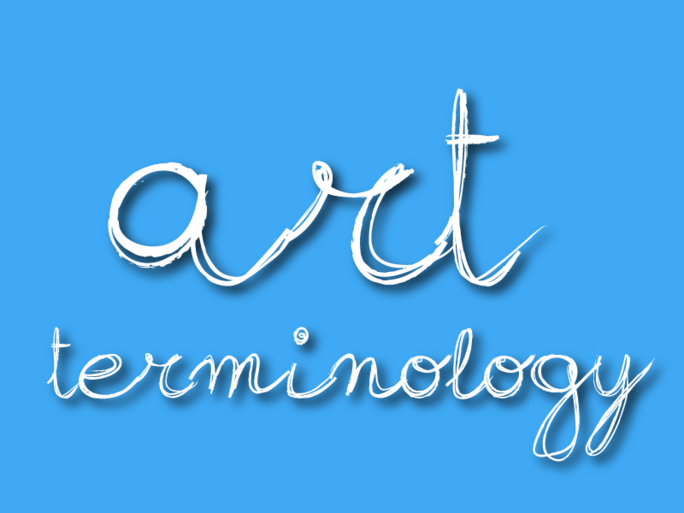
In conjunction with the AGGV’s latest exhibition, Blue & White, we have selected art terms related to the art of Chinese blue and white porcelain.